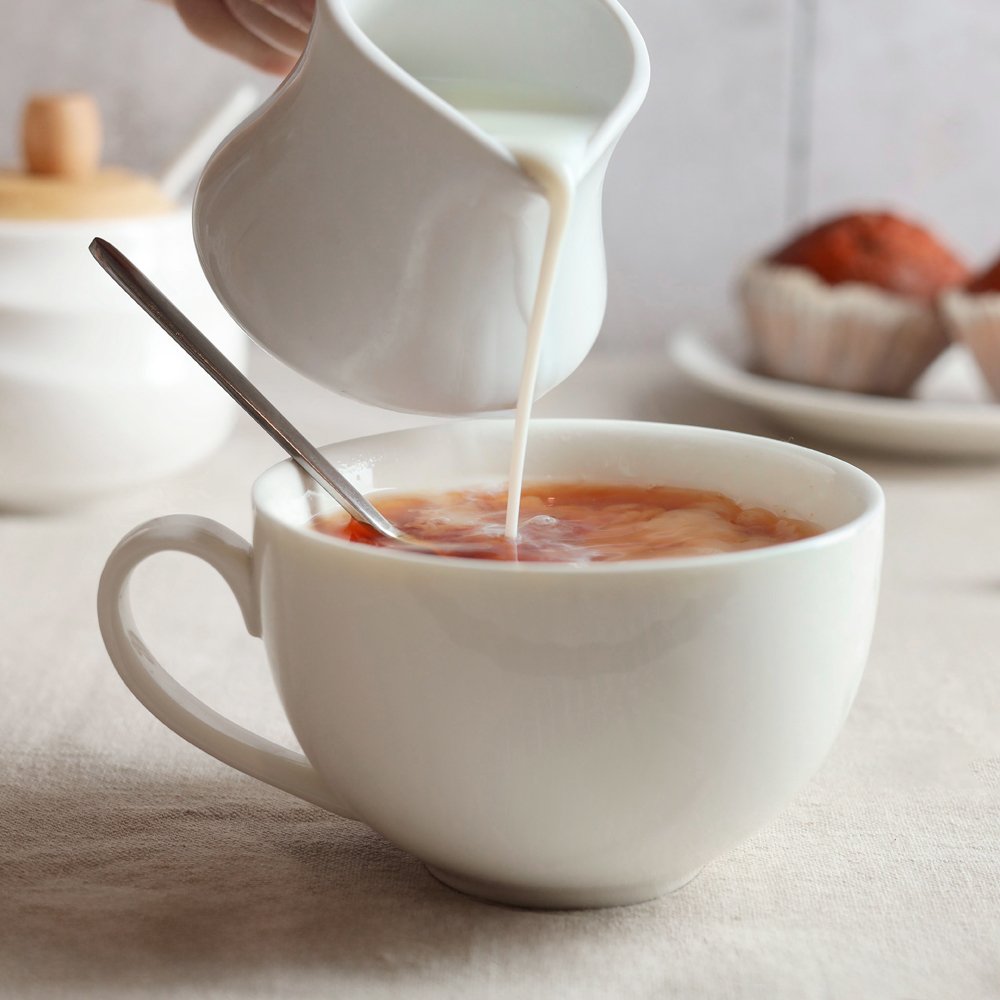Even experienced tea drinkers may not be familiar with oolong, a lesser-known variety of tea that is cultivated in southern China and Taiwan. Although tea is one of the most commonly consumed beverages in the world, second only to water, oolong tea makes up just 2% of all tea produced worldwide.
But while varietals like black and green tea may be more well-known, oolong tea is certainly worth discovering. Not only does oolong offer tea drinkers a distinctive and unique flavor profile, but it is also thought to possess a myriad of wellness benefits.
What is Oolong Tea?
As is the case with all true teas, oolong tea is derived from the Camellia sinensis plant, an evergreen shrub native to the Indian Subcontinent and East Asia. The leaves from this plant are also used to produce black, green and white teas.
A common question that arises among tea drinkers is, “If all of these tea varietals are made from the leaves of the same plant species, then what makes them look, taste, and smell so different from one another?”
The answer is that it all depends on the climate where the plant is grown, and how the leaves are processed after being harvested. The best oolong tea is typically grown and cultivated in cool, lush climates, such as the Fujian province of China. Taiwan also produces a wide variety of highly-regarded oolong teas.
Oolong tea is partially oxidized, meaning that it falls somewhere on the spectrum between green tea and black tea in terms of flavor, strength, complexity, aroma, and caffeine content. This partial oxidation is what gives oolong tea the unique, alluring characteristics that many tea drinkers know and love.
This unique processing also means that oolong’s flavor profile can be incredibly diverse. Oolong tea can be light bodied and grassy like green tea or rich and nutty like black tea. Bright and citrusy oolong tea falls right in the middle between green and black tea flavor profiles. Whether you prefer oolong that falls closer on the spectrum to green tea, black tea, or right in the middle, there is an option to suit every palate.
What are the Health Benefits of Oolong Tea?
Because white, green, oolong, and black teas are all derived from the Camellia sinensis bush, it is true that they share many of the same health benefits and properties.
That said, the manner in which the leaves are processed (especially in regard to oxidation) can significantly impact the quantities of enzymes, nutrients, and other compounds found within the leaves. This gives each tea varietal slightly unique benefits and advantages.
The health benefits of oolong tea are not as well studied as those of black and green tea. However, we do know that oolong teas contain all of the same polyphenol antioxidants as other teas, including catechins, thearubigin and theaflavin.
Traditional Chinese healers have long believed that oolong tea may strengthen the immune system and may protect organs and body tissues against damage*. Modern researchers have investigated many of these beliefs, studying oolong for its ability to minimize the risk of a variety of ailments.
These benefits are primarily linked to the antioxidant flavonoids found in oolong tea. These same compounds are also believed to help keep your teeth and bones healthy and strong, by maintaining bone mineral density, preventing plaque buildup, and minimizing the risk of tooth decay.
The antioxidant and anti-allergenic properties of oolong tea are also thought to promote hair and skin vitality. Some research event indicates that it may help to reduce symptoms.
Several cultures consider oolong tea to be the optimal “weight loss tea,” due in part to its caffeine and polyphenol contents. Studies show that sipping oolong, along with a healthy diet, may temporarily increase metabolism and activate the enzymes that dissolve fat. Like all teas, oolong is naturally calorie and sugar free.
For many tea drinkers, oolong tea strikes the perfect balance between “too much” and “not enough” caffeine, allowing them to enjoy the mental alertness and clean burst of energy, without jitters or sensitivity.
Recommended Full Leaf Loose Oolong Teas
Milk Oolong Tea – Savor the smooth, silky texture of this alluring oolong, made from the finest quality tea leaves from the Fujian province. This delightful varietal will enchant tea drinkers with its delicate notes of orchid and pineapple. Also available in tea bags.
Wuyi Oolong Tea – Prized for its large silver-tipped leaves and light peach flavor, this full-bodied, aromatic tea is made from Formosan oolong leaves. Pure poetry in a cup!
Dragon Oolong Tea – For a classic Chinese oolong, look no further than this smooth cuppa. The large, twisted leaves deliver a lingering finish that is sure to satisfy.
Ti Kuan Yin– A fresh, mild orchid flavor and clean finish is what you can expect from this oolong tea, made with the finest quality Chinese oolong leaves.
Peach Blossom Oolong Tea – Spring orange blossoms and natural peach flavor deliver a pleasant floral aroma and bright finish to this delightful oolong blend.
Is it any wonder that oolong tea is slowly but surely growing in popularity throughout the Western world? Whether you’re searching to sample your first oolong or to add a new variety to your collection, any of the above options are sure to delight and inspire, sip by sip.






